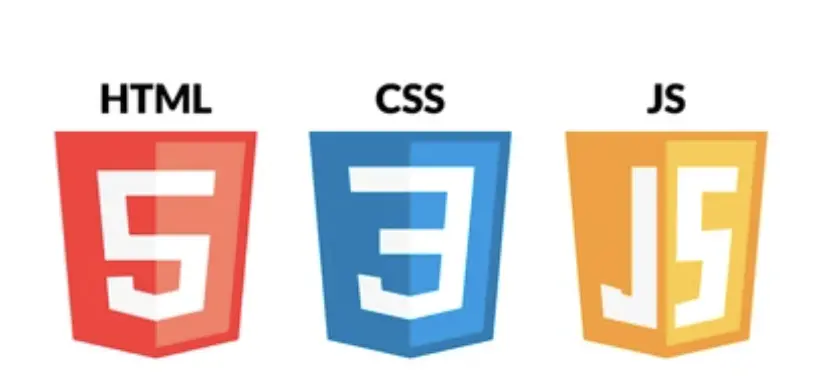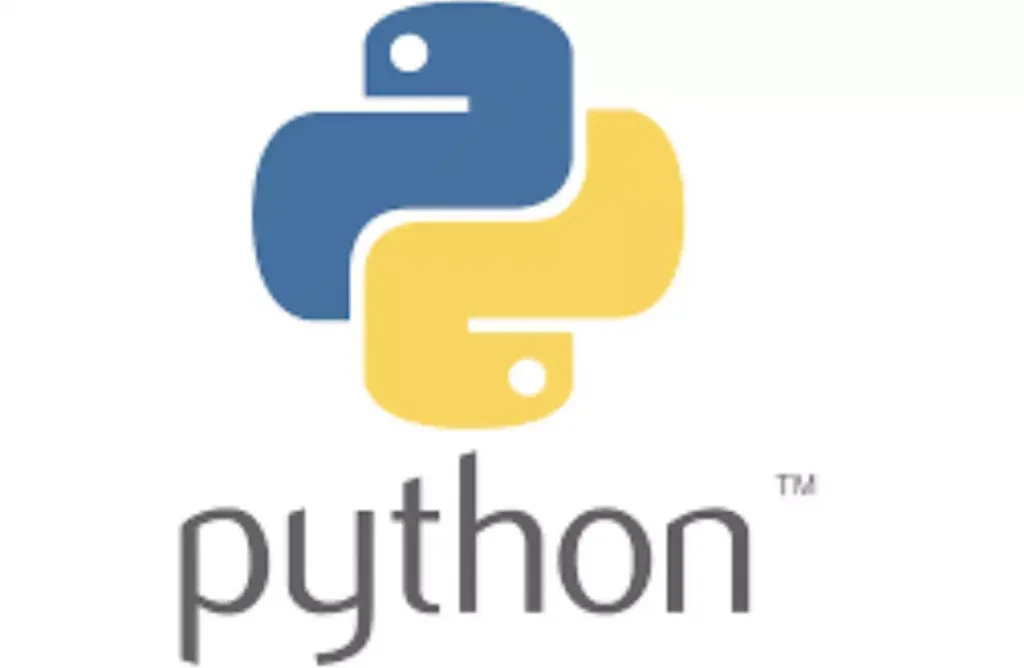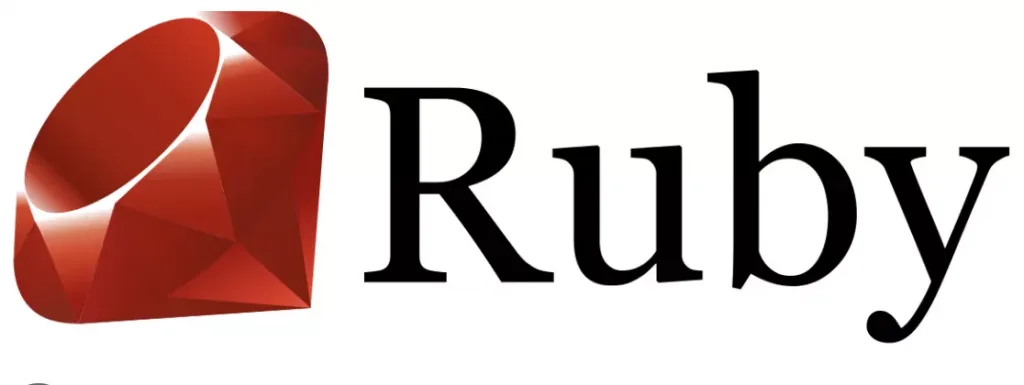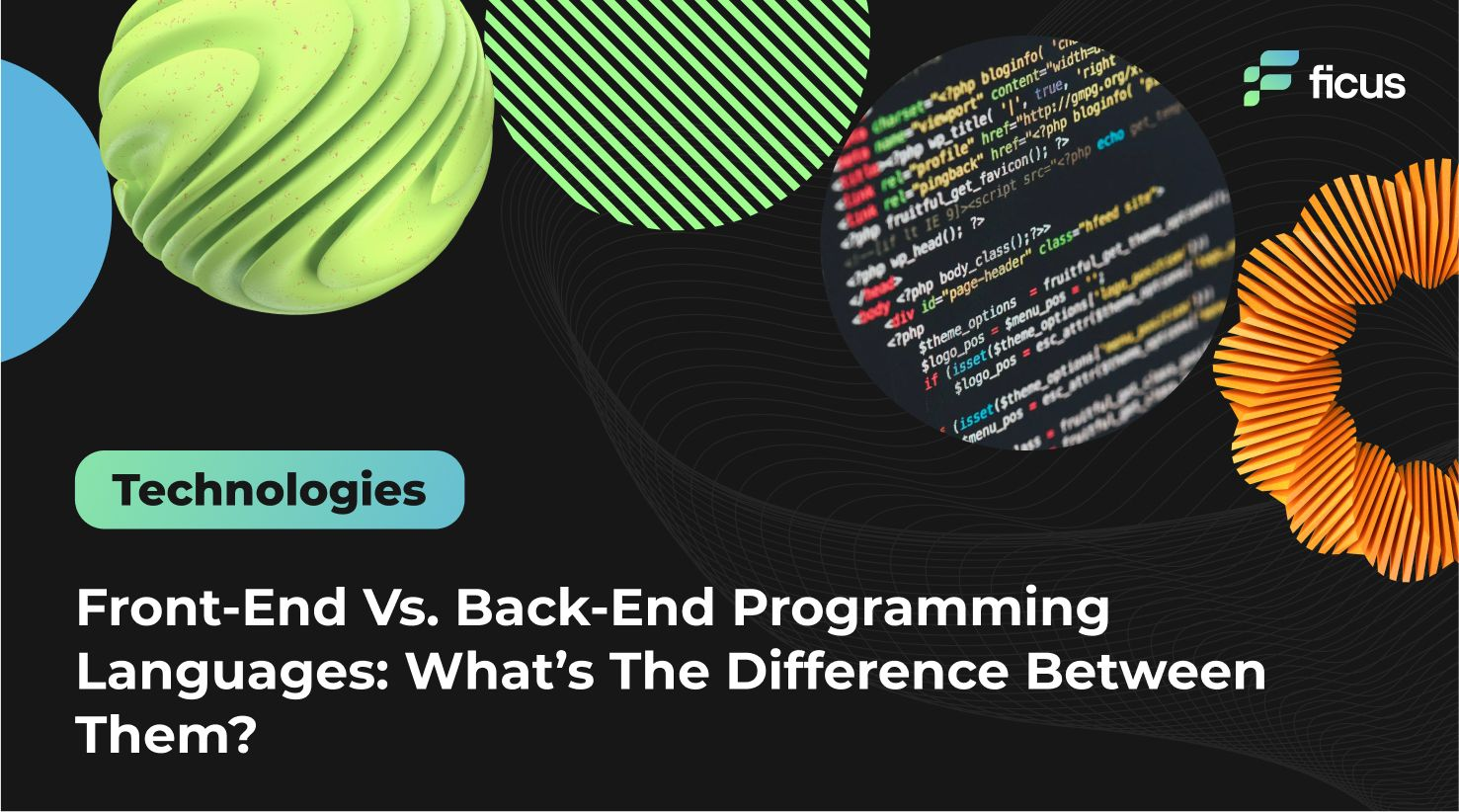Development serves as a pivotal catalyst shaping the very fabric of the internet with which you engage. For the uninitiated in the realm of software engineering, the bewildering array of development languages often becomes a perplexing labyrinth, one where the distinction between Front-End and Back-End development stands as a profound enigma. Front-end and back-end development share an intrinsic interdependence, an inextricable entwinement so profound that the removal of one would invariably precipitate the annihilation of the other. Within the contours of this discourse, we shall expound upon the salient distinctions that demarcate various programming languages. Allow us to navigate these intricate waters for the neophytes venturing into the realm of software development, those inquisitive souls keen to unravel the enigma that is front-end and back-end development. Continue reading to know more!
- Front-end focuses on user experience, visuals, and interactivity.
- The back-end manages databases, server-side operations, and data storage.
- Programming languages and technologies differ for each development type.
Difference Between Front-End Vs. Back-End Development
What Is Front-End Development?
Front-end development represents a unique strand of computational craftsmanship, one meticulously crafted with a singular focus on enhancing the user experience. The symphony of code in front-end development languages orchestrates the seamless execution of the myriad website features that grace your screen. It is a realm devoted to elevating and refining the visual journey of website visitors, transforming each facet of the website into a functional marvel. In essence, front-end developers breathe life into the designs conceived by UI/UX artisans, ushering the website into existence. What precisely do skilled developers endeavor to conjure?
Within the tapestry of front-end languages, an array of elements converges, including buttons, layouts, navigation, images, graphics, animations, and the harmonious organization of content. In this realm, beauty harmonizes with functionality to weave a captivating digital narrative.
What Do Front-End Developers Do?
There are several other elements of a website come into life via front-end languages, such as:
- Buttons
- Layouts
- Navigation
- Images
- Graphics
- Animations
- Content Organization
Back-End Development
Conversely, the enigmatic back-end development remains concealed from the prying eyes of users, akin to the “server side” of a clandestine cabal. In this clandestine domain, back-end programming languages preside over the cogs and gears of databases and servers, repositories where vital data, including user information, is meticulously stored, managed, and organized. These databases reside in remote sanctuaries, and it is the domain of back-end developers to orchestrate this database’s choreography and the site’s content, elegantly choreographed in an organized array. The annals of back-end development are replete with tasks that encompass coding, debugging, troubleshooting, database management, and framework utilization. Tasks that are included in backend development are:
- Building code
- Debugging web applications
- Troubleshooting
- Database management
- Framework utilization
Programming Languages Used In Front-End Development
Front-end development weaves its magic with a palette of software development technologies and languages, each adding its distinctive hue to the canvas. Among the notable components are:

HTML: A standardized system for imbuing text files with a panoply of attributes, spanning fonts, colors, graphics, and hyperlinks, transmuting web pages into visual symphonies. HTML bestows the gift of meticulous text and image formatting.
CSS: CSS commands dominion in endowing web pages with intricately structured arrangements, bestowing textual content with finesse, demarcating the proportions of tables, and adorning the digital canvas with a kaleidoscope of hues.
Javascript: In the realm of web development, the cryptic elegance of Javascript bestows vitality upon interactive user interfaces, infusing vitality into elements such as checkboxes and search fields. Front-end development finds its bedrock in the trinity of HTML, CSS, and Javascript. Nevertheless, within this domain, an abundant treasure trove of libraries and frameworks beckons, encompassing the likes of Angular.js, React.js, and Bootstrap, furnishing an opulent array of instruments for the curation of web masterpieces. These frameworks not only expedite the developmental process but also extend an expansive latitude for the artisan to sculpt Javascript within the crucible of groundbreaking ingenuity.
Hire a highly qualified software developer
Contact us
Programming Languages Used In Back-End Development
In the mysterious universe of back-end development, craftsmen possess advanced knowledge and skills, organizing the labyrinthine interplay of databases and server management. Backend development is based on programming languages with rare power, which serve as cornerstones in creating reliable digital fortresses. Among the respected languages in this field are the following:
Java

The versatile and sophisticated high-level programming language known as Java ascends to its zenith when engaged in the orchestration of enterprise-grade applications, the vast cosmos of big data manipulation, and the intricate artistry of Android application development. In the ever-evolving landscape of digital innovation, Java emerges as a stalwart, a paragon of computational acumen, unyielding to the vicissitudes of time.
PHP

PHP is a scripting language that weaves its charm into the creation of dynamic web pages, infusing life into content and images, infusing them with vibrancy.
Python

The versatile Python, a chameleon among languages, wields the power to conjure and manage the ethereal elements of web application pages.
Remarkably, the choice of technology dictates the choice of language or framework. For instance, crafting a website using Laravel necessitates the use of PHP, while the Django framework finds an ideal companion in the form of Python.
Ruby

Ruby, a versatile and free open-source back-end programming language, plays a crucial role in web development. Often associated with the Ruby on Rails server-side framework, it follows the model-view-controller architectural pattern. With Ruby, backend developers benefit from its efficiency in building applications quickly, making it particularly suitable for high-traffic websites. Integration with Rails further extends its capabilities by offering standardized structures for web services, web pages, and databases.
Front-End Vs. Back-End Developers: Which One To Choose?
In the contemporary landscape, the ubiquity of development pervades every facet of our digital existence. Whether one embarks on the path of front-end finesse or delves into the cryptic dominion of back-end artistry, the journey offers a tantalizing prospect for aspiring developers. The average annual emolument for a front-end artisan commences at a princely sum of $109,000, while their back-end compatriots command salaries ranging from $92,000 to $119,000 annually. The question looms large: Which path shall you tread, that of the front-end maestro or the back-end virtuoso?
Conclusion
Front-end and back-end development intricately weave the digital tapestry of the Internet. Front-end developers create immersive user interfaces, breathing life into the design and enhancing the visual journey of website visitors. In the clandestine backend environment, developers organize databases, manage server-side operations, and carefully store vital data to form the backbone of a website’s functionality. The subtle differences between the languages and technologies used in each area contribute to the holistic web development process.
Ficus Technologies is ready to expand your capabilities in front- and back-end development. Our team of highly skilled developers has experience with a variety of languages and frameworks to ensure that your web applications are built and optimized seamlessly. Whether you’re looking to create visually stunning interfaces or design robust server solutions, Ficus Technologies is your trusted partner to help you understand the ins and outs of software development.
Front-end development centers on enhancing user experiences by crafting visually appealing and interactive website elements. Front-end developers bring designs to life, working on buttons, layouts, navigation, images, graphics, animations, and content organization. They aim to create a seamless and engaging digital narrative for website visitors, emphasizing beauty and functionality.
The distinction is crucial because it separates the concerns of user interface and server functionality. Front-end languages focus on delivering a user-friendly experience, while back-end languages handle data processing and server operations. This separation allows for specialization, scalability, and efficient development, as different developers can work on front-end and back-end components independently. By keeping important information and actions on the server side, it also improves security.









As an experienced developer, I found this article and was pleasantly surprised. The author’s ability to clearly and easily explain the differences between external and internal programming languages is commendable. The article effectively highlights the roles, responsibilities and technologies involved in each aspect of development.